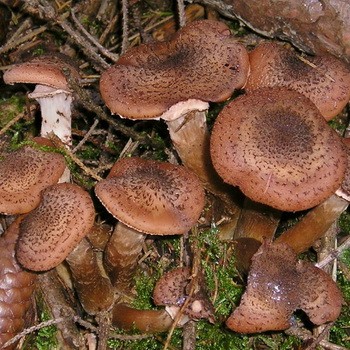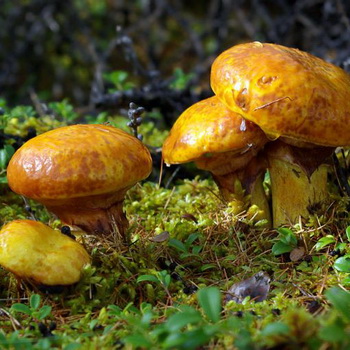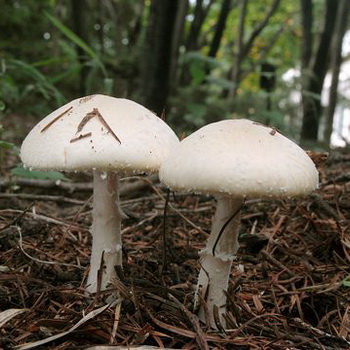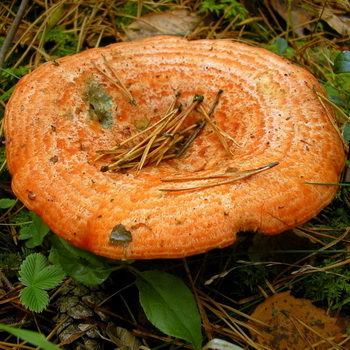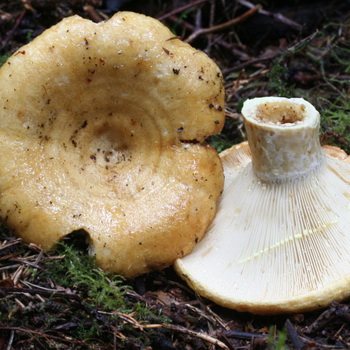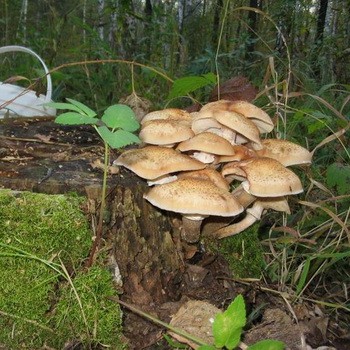Edible mushrooms summer mushrooms: photo, description
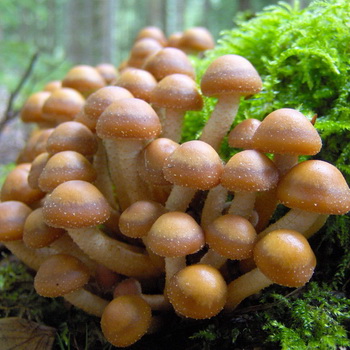
Category: edible.
Summer honey agaric is an edible mushroom (Kuehneromyces mutabilis), which appears in the forests in late April and grows until mid-November. These forest gifts are common in northern temperate countries.
Edible summer mushrooms are tasty both fresh and pickled, they are often used as a snack, and also used as a filling for pies.
On this page you will find out what summer mushrooms look like, where you can find them, and also get information on how to distinguish summer mushrooms from dangerous doubles.
How mushrooms look like summer mushrooms
Hat (diameter 3-8 cm): brown or light brown, mucous, in a moist forest or after rain it becomes almost transparent. As the fungus grows, it changes from convex to flatter. It has a characteristic tubercle in the center, which is lighter than the grooved edges.
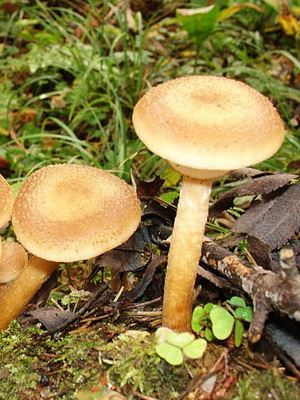
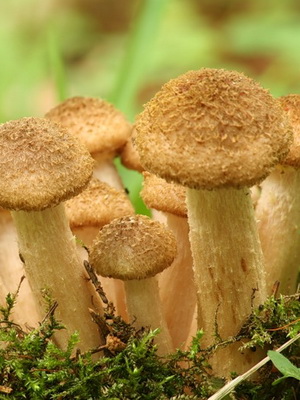
Pay attention to the photo of the summer open: its leg 3–9 cm high is lighter than the cap, dense and smooth, has a pronounced ring, below which are usually small scales.
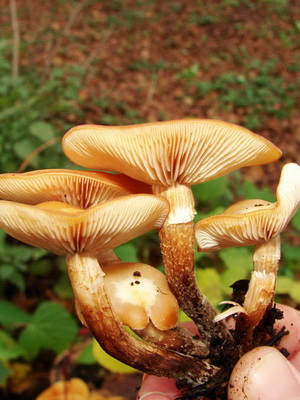
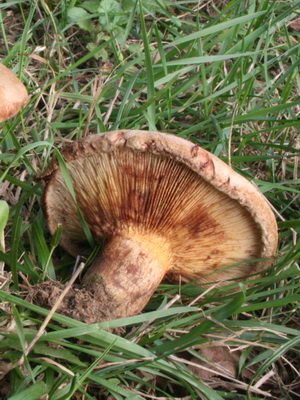
Records: grow weakly to the leg or completely lag behind. Change color from light brown to dark brown, depending on the age of the fungus.
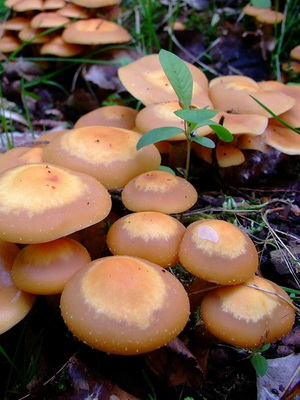

Pulp: watery, brownish color does not change at the place of cut or fault. It has a soft mushroom taste and aroma reminiscent of the smell of freshly sawn wood.
Dangerous doubles of the mushroom
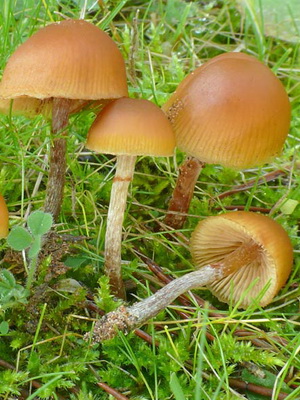
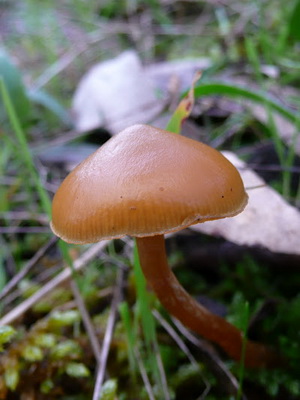
According to the photo and description, summer honey agarics are very similar to the poisonous galleria monochromatic (Galerina unicolor) and bordered. (Galerina marginata). Also doubles of these mushrooms are false mushrooms. Galeries have no scales on the fibrous stalk, and false mushrooms have rings.
When growing: from late April to mid November in northern temperate countries.


Where to find: in deciduous and mixed forests on decaying or dead trees. In mountainous areas it can grow on fir trees. Prefers a non-arid climate.
Eating: fresh or pickled.
In folk medicine, summer mushrooms are used as an antibacterial agent (data are not confirmed and have not passed clinical studies!). Many countries have long learned how to grow summer mushrooms on an industrial scale, using rotten wood, primarily birch.
Other names: honey agaris is variable, cuniromyces are volatile.

